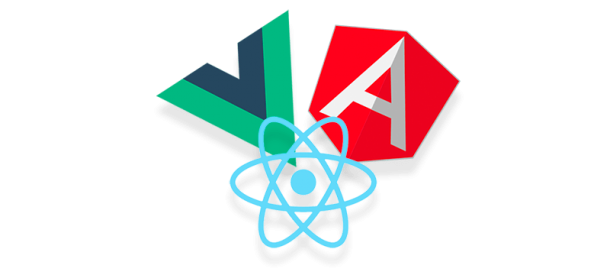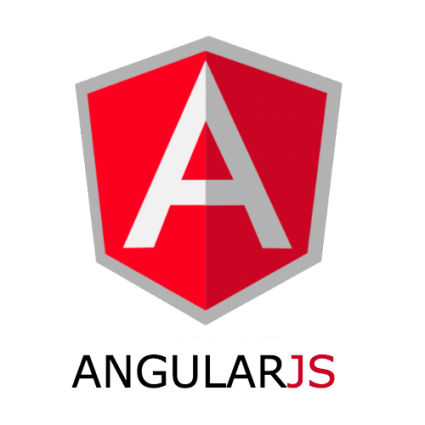Demystifying JavaScript Frameworks: A Comparison Guide

Posted: July 18,
JavaScript frameworks have revolutionized frontend development, offering powerful tools and libraries to build dynamic and interactive web applications. In this blog article, we aim to demystify JavaScript frameworks by providing a comprehensive comparison guide. We will explore popular frameworks like React, Angular, and Vue.js, examining their features, strengths, and weaknesses. By understanding the pros and cons of each framework, developers can make informed decisions when choosing the right tool for their frontend development needs.
JavaScript Frameworks
Javascript frameworks have become integral to modern frontend development, simplifying the process of creating dynamic and interactive web applications. They provide a structured and organized approach to building user interfaces, making it easier for developers to manage complex codebases. This comparison guide will delve into three popular JavaScript frameworks – React, Angular, and Vue.js – and discuss their strengths, weaknesses, and unique features. By the end of this article, you will be better equipped to make informed decisions when choosing the most suitable framework for your front-end development projects.

Vue, React & Angular

React – JavaScript Framework
REACT
React, developed and maintained by Facebook, is one of the most widely used JavaScript frameworks. It follows a component-based architecture and utilizes a virtual DOM to update and render changes efficiently. React is known for its declarative and efficient approach to building user interfaces. Here are the pros and cons of React.
Pros:
- Virtual DOM: React’s virtual DOM allows for efficient updates and rendering, reducing the amount of manipulation needed on the actual DOM, resulting in better performance.
- Component-Based Architecture: React encourages developers to break down the user interface into reusable and self-contained components, making the code more maintainable and scalable.
- Large Community and Ecosystem: Being backed by Facebook and a large community, React has a vast array of libraries, tools, and resources available, making development easier and faster.
- React Native: React Native, built on top of React, allows developers to build mobile applications for iOS and Android platforms, sharing a significant portion of code between web and mobile apps.
Cons:
- Learning Curve: The learning curve can be steep for developers new to React or front-end development due to its paradigm and ecosystem.
- Boilerplate Code: Setting up a React project might require additional boilerplate code and configuration, making the initial setup slightly cumbersome.
ANGULAR
Angular, developed and maintained by Google, is a comprehensive and feature-rich framework that provides an end-to-end solution for front-end development. It follows a Model-View-Controller (MVC) architecture and offers robust features for building complex applications.
Pros:
- Two-Way Data Binding: Angular provides two-way data binding, which automatically synchronizes the data between the model and the view, reducing the need for manual DOM manipulation.
- Full-Fledged Framework: Angular comes with a built-in router, form validation, dependency injection, and many other features, providing a complete solution for front-end development.
- TypeScript Support: Angular is built with TypeScript, a statically typed superset of JavaScript, which enhances code maintainability and helps catch errors during development.
- CLI (Command Line Interface): The Angular CLI makes project setup, testing, and deployment tasks easier and more streamlined.
Cons:
- Complexity: Angular’s extensive features and concepts can lead to a steeper learning curve, making it less beginner-friendly than other frameworks.
- Performance Overhead: Due to the complexity of Angular, it might add some performance overhead, especially for smaller projects where a more lightweight framework could be sufficient.

AngularJS – JavaScript Framework

Vue.js – JavaScript Framework
VUE.JS
Vue.js is a progressive and approachable JavaScript framework designed to be incrementally adoptable. It offers simplicity and ease of integration, making it an excellent choice for small and large-scale applications.
Pros:
- Flexibility: Vue.js allows developers to integrate it into existing projects, even if they are not fully built on Vue.js. This flexibility makes it easy to migrate or adapt Vue.js incrementally.
- Simple Syntax and Documentation: Vue.js boasts an intuitive and straightforward syntax, making it easy for developers to grasp and start using quickly. The official documentation is also clear and comprehensive.
- Performance: Vue.js is lightweight and fast, making it suitable for various sizes and complexities applications.
- Vue CLI: The Vue Command Line Interface provides an efficient way to scaffold and manage Vue.js projects.
- Node.js Integration: Vue.js works seamlessly with Node.js, allowing developers to create server-rendered applications with Vue on the frontend and Node.js on the backend.
Cons:
- Smaller Ecosystem: While Vue.js has a growing community and ecosystem, it might not be as extensive as React or Angular’s, so finding specific libraries or tools might be more challenging.
- Less Backing from Tech Giants: Vue.js, while popular, may not have the same backing and resources as React or Angular, which could influence its long-term sustainability.
FINAL THOUGHT
Choosing the right JavaScript framework for your front-end development projects is crucial to ensure scalability, maintainability, and efficiency. Each framework has unique strengths and weaknesses, making them suitable for different projects and developer preferences.
- React is an excellent choice for large-scale projects, particularly when performance optimization is a priority, and you need a vast ecosystem with various libraries and tools.
- Angular is well-suited for complex and enterprise-level applications that require a complete end-to-end solution and when TypeScript and two-way data binding are preferred.
- Vue.js is a versatile and user-friendly framework suitable for small and large projects, especially when simple and easy integration is essential.
Ultimately, the choice between React, Angular, or Vue.js will depend on the specific requirements of your project, your team’s expertise, and your overall development philosophy. Regardless of your decision, each framework provides powerful tools to create modern and engaging front-end applications. So, go ahead and embark on your front-end development journey with confidence! Happy coding!